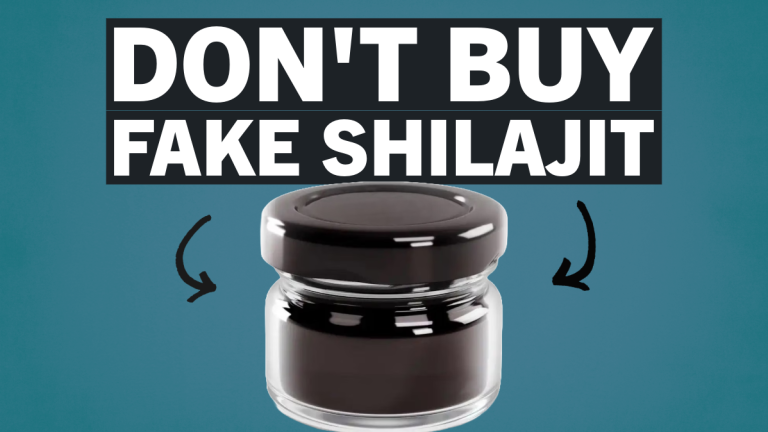What Does Maca Taste Like? My Experience AND Recommendations
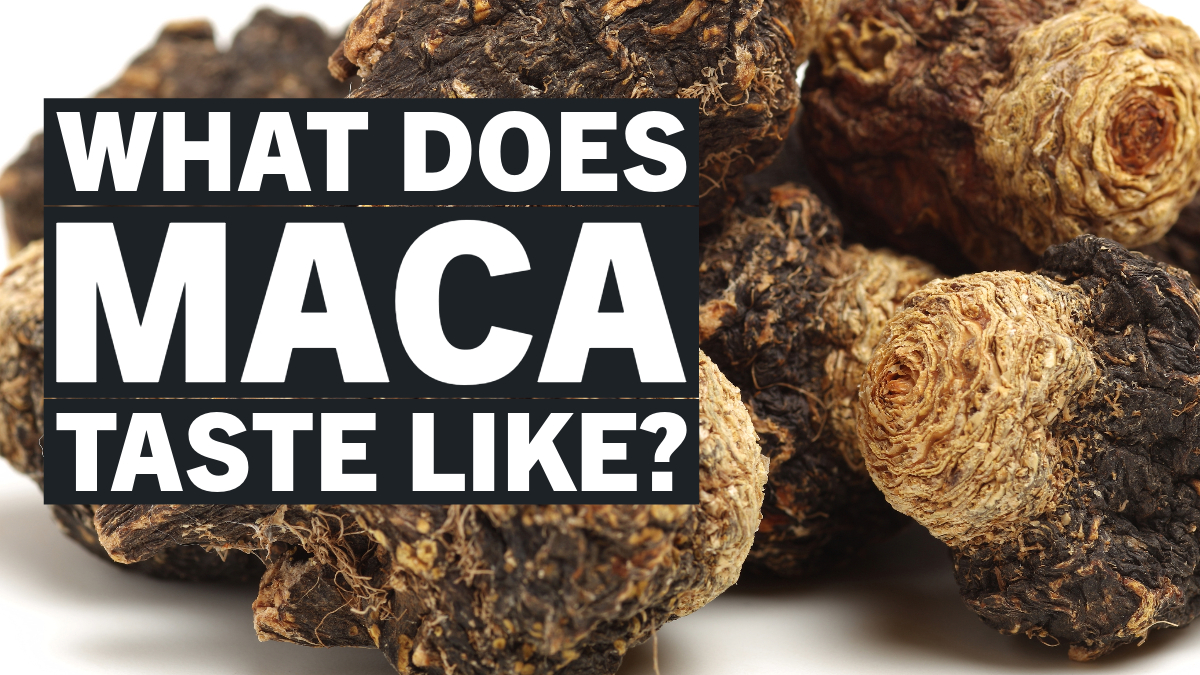
ListedFit is reader-supported. When you buy through links on our site, we may earn a small commission.
As you may already know, Maca root, also known as Peruvian ginseng, is a vegetable native to the Andes region of Peru.
It has become very popular as a superfood worldwide due to its numerous health benefits and unique taste.
Whether you’re trying maca for the first time or wanting to learn more about its flavour profile, in this article I will talk about the distinct taste of maca, things I do to hide the taste and how to incorporate it into your diet.
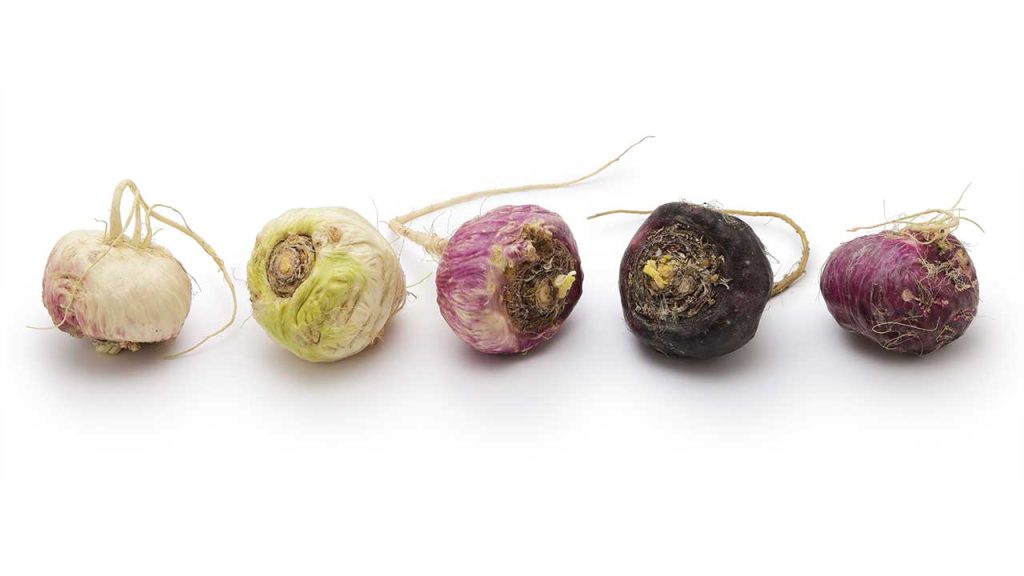
Quick Summary
The taste of maca can vary between raw and dried forms, as well as depending on its colour.
I would describe the taste of maca as nutty and earthy, it can also have hints of butterscotch and a slightly sweet tone.
Some people even compare its taste to roasted nuts or toasted oats.
While maca’s flavour isn’t an issue to some people, it might not be everyone’s cup of tea.
But don’t worry if you’re not a fan of maca’s natural taste. There are ways to incorporate it into your diet and make it taste good.
From smoothies to baked goods, maca can be easily masked with other flavours, so you can still reap the benefits of this amazing superfood without sacrificing taste.
Key Takeaways
- Maca root, or Peruvian ginseng, has a distinctive nutty and earthy taste with hints of butterscotch.
- The flavour of maca can vary depending on its form (raw or dried) and colour (yellow, red, or black).
- If you’re not a fan of its taste, maca can be easily incorporated into various recipes or smoothies to enjoy its health benefits.
What Are The Origins of Maca Root?

This root vegetable, native to Peru, was exclusive to the region until the 1980s. Known by several names, including Peruvian ginseng, yak willku, ayak chichira, maino, and maca-maca, it’s considered a superfood today.
The history of maca can be traced back to Incan times, when it was used for barter and even as a form of currency. Maca was known for its nourishing properties and was consumed by natives living in high mountains. The root was documented for the first time in 1653 by Father Cabo, who referred to maca’s use for fertility and nourishment.
Peruvian maca is widely known for its health benefits, and this popularity has led to a thriving market for maca products. The plant is cultivated in the Peruvian Andes, and the local communities take pride in producing high-quality maca. Organic and free-trade maca products are some of the best choices for those looking to incorporate this superfood into their diet.
Now, let’s address the question of maca’s taste. Maca for many people doesnt have the most appealing flavour.
Some people, including myself, describe its taste as earthy, while others find it mildly sweet with a hint of butterscotch.
If you don’t like the taste of maca, there are several alternative ways of consuming it, such as mixing it with smoothies, yoghurt, or other recipes.
What Does Maca Taste Like?
So you’re curious about the taste of maca? You’re obviously not alone. Maca is a root vegetable from the Andes region of Peru, and it has gained popularity for its potential health benefits.
But let’s get down to its flavour. Maca has a unique taste that can be described as nutty, earthy, bitter, and a hint of butterscotch. Sounds intriguing, right?
Now, it’s important to know that the taste of maca can vary, depending on whether it’s raw or dried.
When you try raw maca, you’ll notice that it has a stronger nutty flavour. You can think of it as a mix between a radish and a turnip.
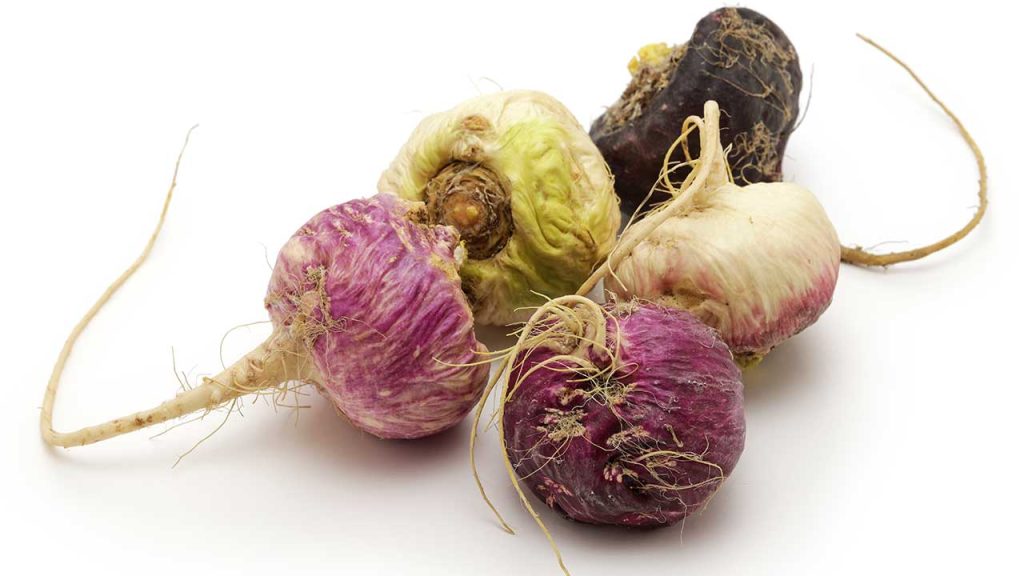
On the other hand, dried maca tends to have a more earthy taste, reminiscent of soil and root vegetables.
The colour of the maca root also plays a role in its flavour. Maca roots come in different colours such as yellow, red, and black. Each colour has a slightly different taste to offer. You may find that yellow maca gives off a milder flavour while the red and black varieties have a bit more punch.
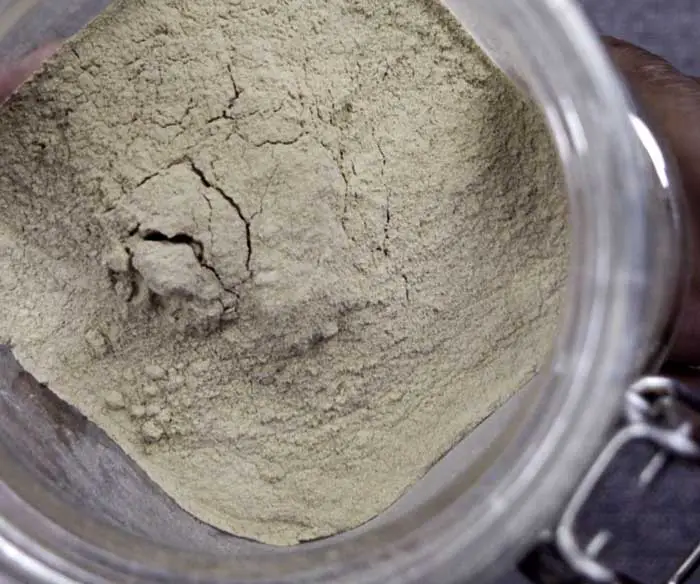
But don’t be put off by these descriptions. If you find the taste of maca to be too strong or not to your liking, there are ways to mask its flavour and still enjoy the potential benefits it has to offer.
For example, you can mix maca powder with your favourite smoothie, dessert, or even your morning coffee. That way, you can still get a kick from maca without feeling overwhelmed by its unique taste.
Give maca a try and see how it works for you. Just remember, like any other superfood, its taste can be something to get used to. But once your taste buds become familiar with the flavours, you might just find yourself craving maca in more of your recipes!
Is There Any Way to Hide The Taste of Maca?
Definitely! If you’re not a fan of maca’s distinct nutty and earthy flavour, there are a few creative ways to mask the taste while still enjoying the benefits of this Peruvian superfood.
Below are some of the best ways you can hide the taste of maca:
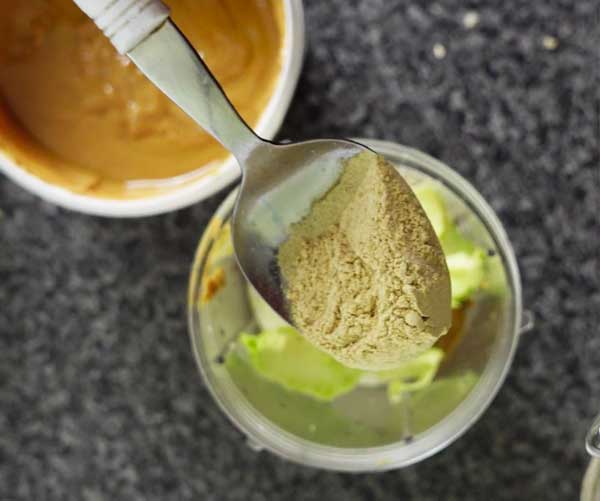
- Smoothies: This is my preferred method, adding maca powder to smoothies is an excellent way to incorporate the flavour without it being too overpowering. You can mix it with fruits like bananas, berries, and mangoes, which have strong flavours of their own that can cover up the taste of maca.
- Capsules: If you want to avoid the taste entirely, consider taking maca in capsule form. This way, you won’t have to deal with the taste of the powder at all.
- Porridge: Adding maca to warm oatmeal or porridge can help to mask the taste with the natural flavours of the oats. You can also add sweeteners like honey or maple syrup and nuts or seeds to give it an extra boost of flavour.
- Baked goods: Another option is to incorporate maca powder into baked goods like muffins, cookies, or pancakes. The other ingredients in these recipes will help to disguise the flavour and keep you from noticing the taste as much.
- Energising snacks: Homemade energy bars and balls often require few ingredients and are easy to make. Adding maca to your favourite energy snack recipe, along with dates, nuts, and seeds, can help mask the taste of the powder.
How to Incorporate Maca Into Your Diet

Getting maca into your diet isn’t actually as hard as some think. The powder is versatile and you can use maca powder in various recipes and meals.
Here are some easy ways to add maca into your diet:
- One of the most popular ways to include maca powder in your diet is by adding it to your smoothies.
That’s the way I take it. When I make my morning smoothies, I just mix in a spoonful of maca powder in the mix and because of the various flavours in the smoothie, a lot of the time you barely taste the maca powder.
Quick and effortless - Are you a coffee drinker? Maca coffee is a very popular way to take maca. The great thing is that the strong earthy taste of maca doesn’t distract a lot from the earthy and somewhat bitter taste of coffee. So many choose to just add some maca to their morning coffee.
- If you are a person with more of a sweet tooth, you can use maca powder in your baking. Try adding a small amount to your muffin or pancake mix for a nourishing and delightful twist. Maca complements flavours like chocolate and cinnamon, so feel free to experiment and find your favourite combination!
- If you prefer savoury dishes, you can add maca powder to your soups and stews. Just stir in a spoonful of maca powder during the cooking process to enhance the flavour and nutritional value of your meals. The earthy taste of maca can contribute to the meal. But it isn’t for everybody.
- If you find the natural taste of maca too strong (and many do), you can always use additional sweeteners like honey or agave syrup. Remember to start with a small amount of maca powder and gradually increase it to reach your desired taste and consistency.
So there you have it – incorporating maca into your diet can be as simple as adding it to your favourite drinks, sweets, or savoury dishes. Feel free to get creative and discover new ways to enjoy this nutritious and tasty superfood.
When is the Best Time to Take Maca?

Morning Consumption
Taking maca in the morning is a popular option, particularly for those looking to increase their energy levels throughout the day.
Taking maca as part of breakfast or in a morning smoothie is my preferred way to take it. It helps to provide a natural energy boost without any unwanted side effects such as possibly disrupting sleep.
Before Exercise
Some often choose to take maca before engaging in physical activities, as it may enhance stamina and endurance. About 30 minutes to an hour before a workout, some recommend taking maca powder in a coffee drink or a pre-workout drink to help provide extra energy.
With Meals
Those who may experience digestive discomfort when taking maca on an empty stomach, may find it better to take it with a meal. Incorporating maca powder into a lunch or dinner dish can help reduce any potential gastrointestinal issues while still allowing the body to absorb and utilise the nutrients it offers.
In the Evening
Although taking maca at night may not be as common, some individuals prefer this option to help relax and unwind after a long day. As maca is believed to have adaptogenic properties, consuming a calming beverage containing maca powder in the evening might assist in reducing stress levels and promoting a good night’s sleep.
I personally found that taking maca at night disrupted my sleep a little bit. But some people in the comments of my YouTube videos have said that they take it at night and have no problems.
So I recommend trying it at different times and see what works best for you.
Maca as a Superfood
Maca’s Nutritional Profile
Maca is often referred to as a superfood due to its impressive nutritional profile. As a root vegetable, it’s packed with essential vitamins and minerals that can contribute to your overall well-being. Maca is a vegan’s best friend, providing plant-based protein, fibre, and beneficial fatty acids.
Here’s a brief overview of maca’s nutritional contents:
- Rich in vitamins B1, B2, C, and E
- Contains essential minerals like calcium, magnesium, and iron
- High in antioxidants
- Provides plant-based protein and fibre
Opting for organic maca is an excellent choice to ensure you’re getting a product free of pesticides and chemicals.
Physical Health Benefits of Maca
Maca boasts various physical health benefits that can improve your daily life. Here are some of the top benefits:
- Energy and stamina: Maca is renowned for its natural energy-boosting properties, making it a popular addition to smoothies and pre-workout snacks. As a high-quality vegan protein source, maca can also support muscle growth and recovery.
- Hormone balance: Maca is believed to help regulate hormone balance, which can be particularly beneficial for those suffering from hormonal imbalances leading to symptoms like mood swings, fatigue, and reduced libido.
- Immune system support: The high antioxidant content of maca can help boost your immune system, keeping you healthy and less susceptible to illness.
Incorporating maca into your diet can provide these physical health benefits and more, making it a versatile and valuable addition to any health-conscious pantry.
What’s more, the unique flavour brings a new dimension to your favourite recipes, making it not just nutritious but also delicious. So, go ahead and give maca a try – your body will thank you!
Frequently Asked Questions
Can you describe the flavour of maca powder?
Maca powder has a unique taste that can be described as a blend of nutty and butterscotch flavours.
It may also have earthy notes, depending on whether it’s raw or dried. The taste is quite distinct, and some people may find it an acquired taste.
How does the taste of maca root compare to other foods?
Compared to other foods, maca root’s taste can be quite unique. It shares some similarities with flavours found in nuts, but it also has a sweetness similar to butterscotch or caramel.
There isn’t an exact comparison to other foods, but if you enjoy earthy and nutty flavours with a hint of sweetness, you may appreciate the taste of maca root.
What’s the best way to mask maca’s flavour?
If you’re not a fan of maca’s taste but still want to enjoy its potential benefits, there are several ways to mask its flavour.
You can blend maca powder into smoothies, mix it with yogurt, or add it to oatmeal. Another great option is to incorporate maca into baked goods, such as muffins, cookies, or energy bars.
Mixing maca with stronger-flavoured ingredients like cocoa, cinnamon, or fruit can also help disguise its taste.
Is the taste of maca powder different from maca root?
Maca powder is made from the dried maca root. As a result, the taste of maca powder is generally similar to that of the root, but some differences may exist.
Dried maca typically has a more earthy flavour than raw maca, which tends to have a nuttier, more prominent taste.
The overall taste can also vary depending on the processing and quality of the maca powder.
Does the flavour of maca vary depending on the type?
Yes, the flavour of maca can vary depending on the type or colour of the maca root. For instance, there are three main colours of maca: yellow, red, and black.
Each colour may have subtle differences in taste.
Yellow maca is the most common and tends to have a milder flavour, while red and black maca may have slightly stronger, more potent tastes.
How does maca’s taste impact its recipes?
The taste of maca can add a unique flavour to recipes that can enhance or complement other ingredients.
Maca’s earthy, nutty, and slightly sweet taste can add depth to dishes without overwhelming the other flavours.
However, if you find maca’s taste too strong or distinct, it’s essential to balance it with other ingredients or use it sparingly in recipes.
That way, you can still enjoy the potential benefits of maca without the taste overpowering your dish.
Author
-
Stuart Patrick is a health and fitness lifestyle journalist who writes for ListedFit.com.
“I've spent a lot of time trying to get in shape and change my body and I realised there are so many untruths in the health and fitness industry that can slow down or stop your progress, so I share my knowledge and experience to help others to cut through the BS.”
Latest entries
 NutritionJune 5, 2024Shilajit Products
NutritionJune 5, 2024Shilajit Products FitnessMay 14, 2024Donate Blood
FitnessMay 14, 2024Donate Blood GearApril 6, 2024HOKA Kawana 2 Review – Are These The Best HOKA Gym Shoes?
GearApril 6, 2024HOKA Kawana 2 Review – Are These The Best HOKA Gym Shoes? CrossFitApril 4, 2024How Many Pull-Ups Should I Do Daily? Let’s Figure it Out…
CrossFitApril 4, 2024How Many Pull-Ups Should I Do Daily? Let’s Figure it Out…
Affiliates:
This post may contain affiliate links that at no additional cost to you, the site may earn a small commission. We only recommend products we would use ourselves and all opinions expressed on this site are our own.
General Advice:
The information provided in this article is for general informational purposes only. It is not intended as a substitute for professional advice. Always consult with a qualified healthcare professional before starting any new diet, exercise program, or making changes to your health routine.
Accuracy Advice:
While we strive to provide up-to-date and accurate information, the content in this article may not reflect the most current research or medical guidelines. We encourage readers to do further research and consult with professionals for more personalized advice.
Our Recommendations:
The products and services mentioned in any of our articles are recommended based on our independent research and personal experience. We are not sponsored by any company. We aim to suggest products and services we believe are of high quality and could be beneficial to our readers.



